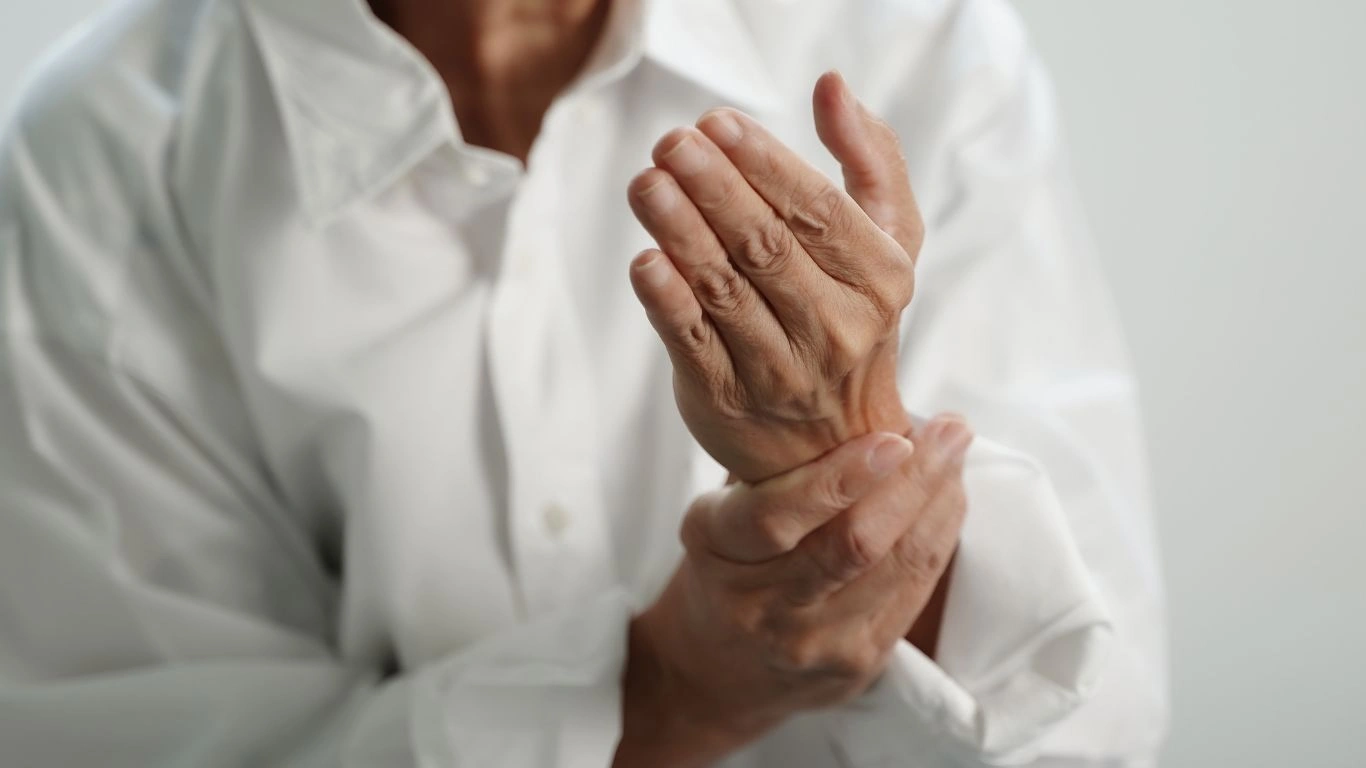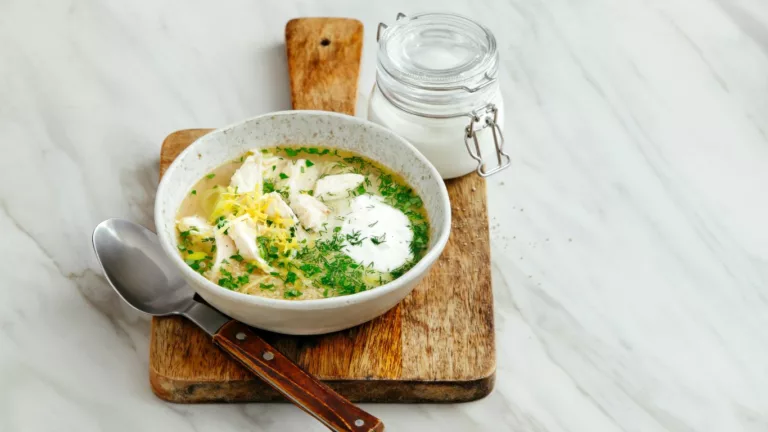Effective Rheumatoid Arthritis Treatment Without Medication for Relief
Living with rheumatoid arthritis (RA) is a daily challenge, and while medication plays an important role in managing symptoms, many people are looking for ways to reduce their reliance on pharmaceuticals. As a Rheumatology Nurse Practitioner, I’ve worked closely with patients who want to explore options for rheumatoid arthritis treatment without medication, and I can tell you that it’s possible to find relief through a combination of lifestyle changes, dietary adjustments, and alternative therapies. In this article, we’ll explore some practical and evidence-backed methods that could help you manage your RA symptoms and improve your quality of life without the need for prescription drugs.
Understanding Rheumatoid Arthritis: A Non-Medical Perspective
Before we dive into treatment options, let’s briefly cover what rheumatoid arthritis (RA) actually is. RA is an autoimmune condition where your immune system mistakenly attacks your own joints, leading to inflammation, pain, and stiffness. It most commonly affects the wrists, knees, and fingers, but it can impact almost any joint in the body. The key to managing RA is not just focusing on medication but finding a holistic approach that tackles the inflammation from multiple angles.
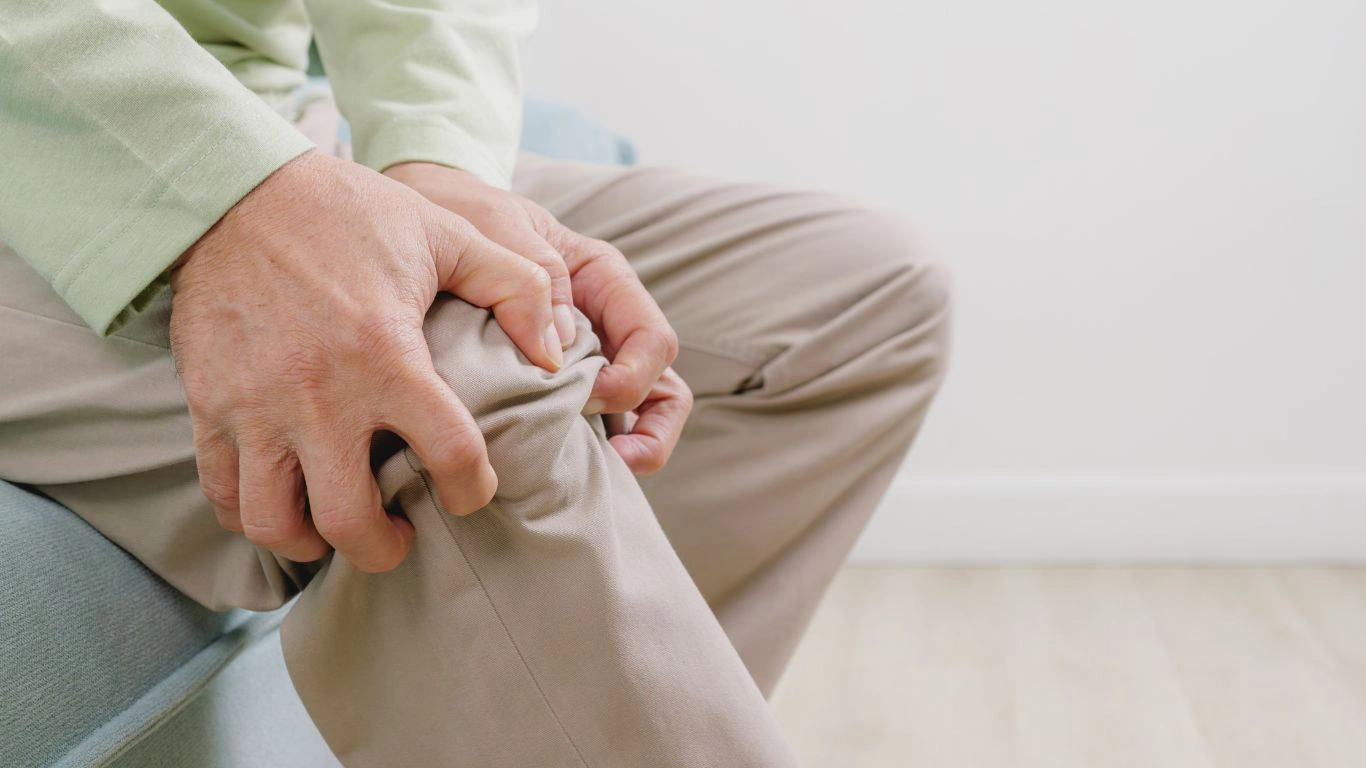
What Does “Rheumatoid Arthritis Treatment Without Medication” Actually Mean?
When people talk about rheumatoid arthritis treatment without medication, they’re usually referring to alternative methods that focus on managing symptoms and reducing inflammation naturally. This doesn’t mean abandoning medical treatment entirely (in some cases, medication is essential), but rather, integrating non-pharmaceutical approaches into your overall treatment plan. The goal is to improve joint health, enhance mobility, and ease pain without relying solely on drugs.
Dietary Adjustments: The Power of Food in RA Management
One of the first things I recommend to my patients is to take a close look at their diet. Foods have the potential to either fuel inflammation or reduce it. A healthy, balanced diet can significantly improve your RA symptoms. Some key dietary adjustments include:
- Anti-inflammatory foods – Incorporating foods rich in omega-3 fatty acids, like salmon, chia seeds, and flaxseeds, can help combat inflammation. Foods high in antioxidants, such as berries, leafy greens, and tomatoes, are also beneficial.
- Reduce processed foods – Foods that are high in sugar, refined grains, and unhealthy fats can contribute to inflammation, so cutting back on processed snacks, sugary drinks, and fried foods is essential.
- Consider the Mediterranean diet – Research suggests that the Mediterranean diet, with its emphasis on healthy fats, whole grains, and plenty of vegetables, can be a powerful tool for reducing inflammation.
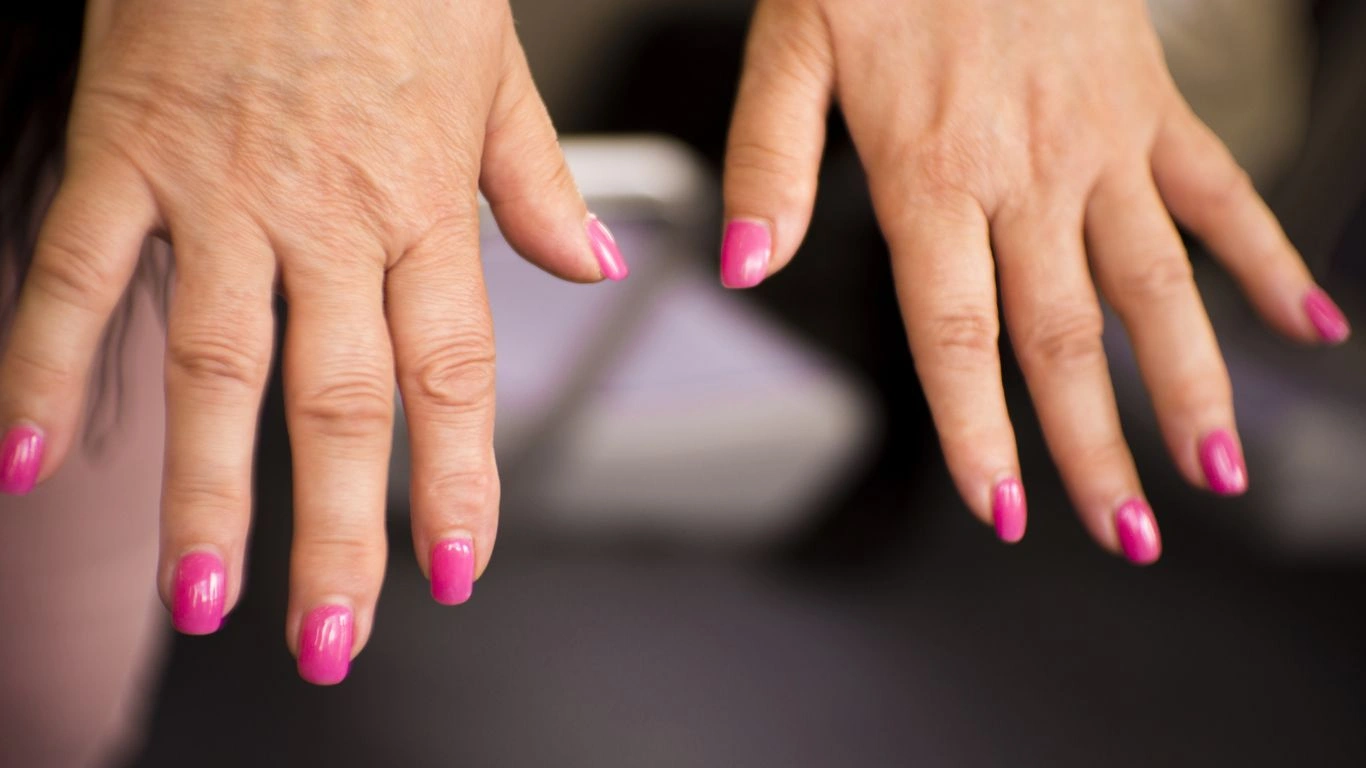
Exercise and Physical Therapy: Keep Moving, Keep Improving
Exercise might sound counterintuitive when you’re in pain, but it’s one of the most effective ways to manage rheumatoid arthritis without medication. Regular physical activity helps maintain joint function, reduces stiffness, and improves overall mobility. However, it’s important to choose exercises that are gentle on the joints. Here’s a quick rundown of what you can do:
- Low-impact exercises – Activities like swimming, cycling, and walking are excellent for those with RA because they get the body moving without putting excessive strain on the joints.
- Range of motion exercises – These exercises help to improve flexibility and reduce stiffness. Simple movements like stretching, yoga, and tai chi can work wonders.
- Strength training – Building muscle can help protect joints from further damage and ease the pressure on affected areas. Light weights or resistance bands are great tools for strengthening muscles around the joints.
Mind-Body Approaches: The Power of Mental Health in RA Treatment
We can’t overlook the mind-body connection when it comes to managing RA. Stress is known to exacerbate RA symptoms, so finding ways to manage stress can go a long way in reducing inflammation. Here are a few techniques that can help:
- Meditation and mindfulness – These practices can help you focus on the present moment and reduce anxiety, which may, in turn, lessen your physical pain.
- Breathing exercises – Slow, deep breathing can activate the body’s relaxation response, helping to lower stress hormones and reduce inflammation.
- Yoga and tai chi – Both of these mind-body practices emphasize gentle movements combined with controlled breathing, which can be highly effective for RA patients looking to increase flexibility, reduce stiffness, and manage stress.
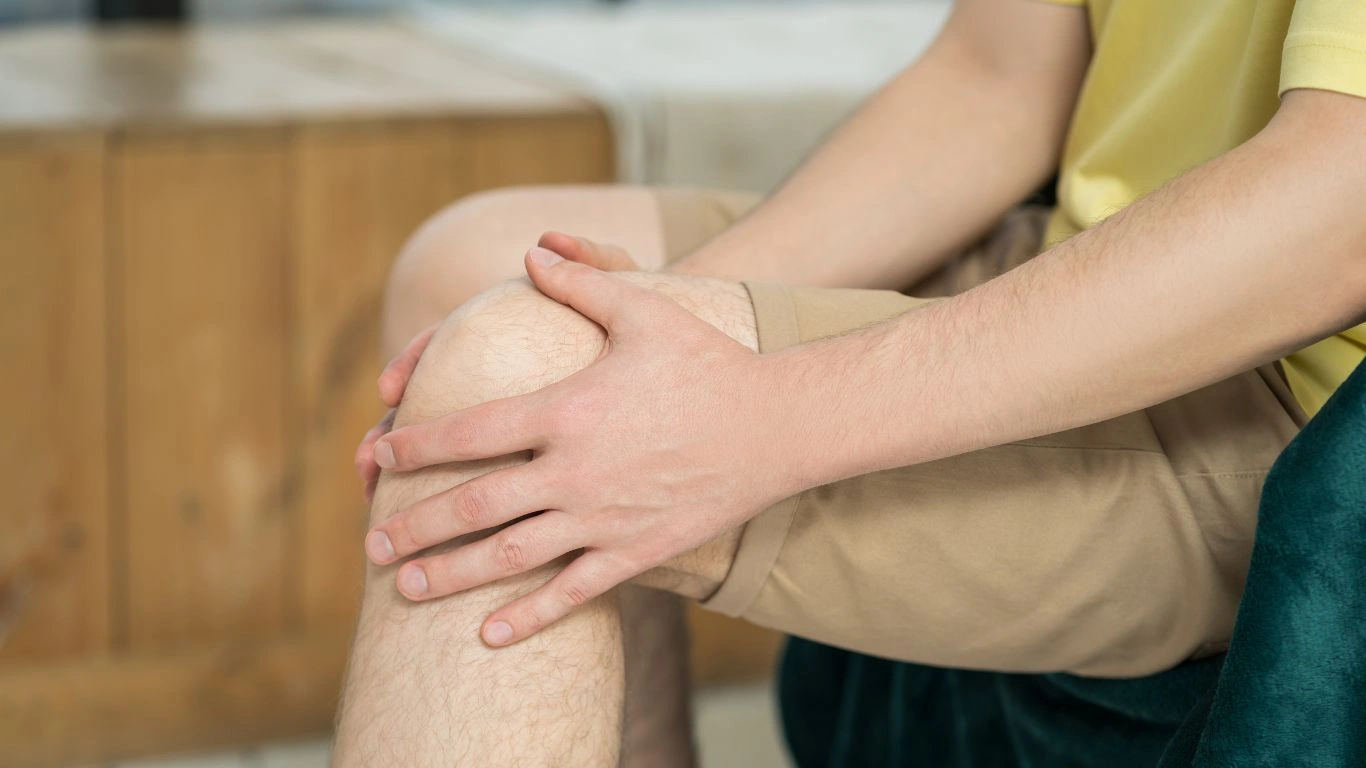
Herbal Remedies and Supplements: A Natural Boost
While more research is needed to fully understand the role of herbal remedies in RA management, several have shown promising results when used alongside conventional treatments. Here are some of the most commonly discussed options:
- Turmeric – This bright yellow spice contains curcumin, which has potent anti-inflammatory properties. Adding turmeric to your diet or taking it as a supplement may help reduce joint pain and inflammation.
- Ginger – Similar to turmeric, ginger has anti-inflammatory effects and can be consumed fresh, in teas, or as a supplement to help with RA symptoms.
- Glucosamine and chondroitin – These supplements are often used for joint health and may help reduce pain and improve joint function in people with RA.
While supplements and herbs can be helpful, it’s essential to consult with your healthcare provider before incorporating them into your routine, as they can interact with other medications or conditions.
Acupuncture and Massage Therapy: Ancient Practices for Modern Relief
As we continue to explore natural approaches for rheumatoid arthritis treatment without medication, it’s worth diving into some time-honored practices that many people find helpful: acupuncture and massage therapy. These treatments might sound more alternative, but I’ve seen firsthand how powerful they can be in managing pain and reducing inflammation for RA patients.
Acupuncture: A Needle for Relief
Acupuncture involves inserting very thin needles into specific points of the body to help restore balance and relieve pain. It’s been used for thousands of years in traditional Chinese medicine and is becoming an increasingly popular option for people with chronic conditions like rheumatoid arthritis. Some studies have suggested that acupuncture can help reduce RA-related pain and inflammation by stimulating the body’s natural healing processes.
From my personal experience, I’ve seen some patients experience a noticeable improvement in their symptoms after just a few sessions. Acupuncture might not be a one-size-fits-all solution, but for many, it provides relief when other methods fall short. One of the main benefits is that it is minimally invasive and doesn’t come with the side effects that medications might have.
However, acupuncture isn’t a miracle cure. It’s often most effective when combined with other treatment options, such as physical therapy, dietary changes, and stress management techniques. If you’re interested in giving it a try, be sure to consult with a licensed acupuncturist and discuss it with your rheumatologist to ensure it’s right for you.
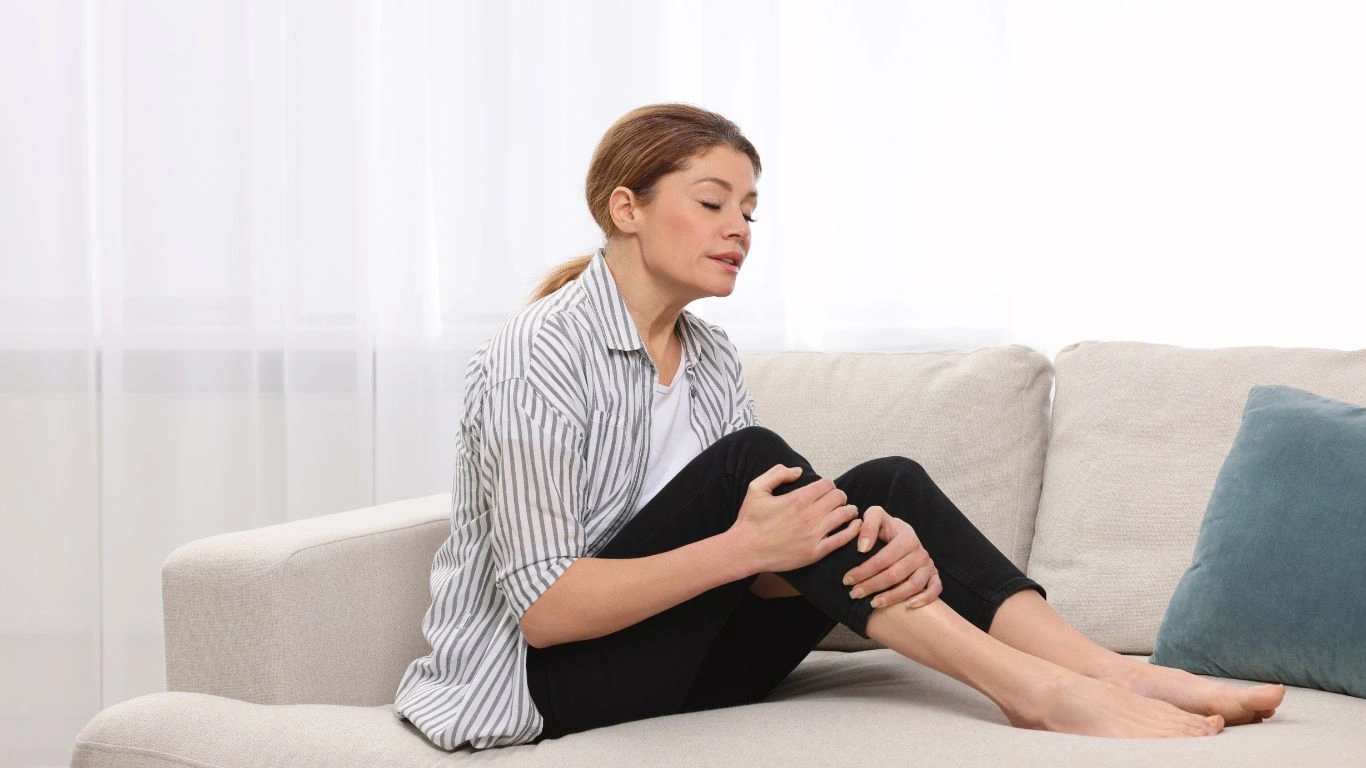
Massage Therapy: Relax and Release Tension
Massage therapy is another non-pharmacological option that can do wonders for RA patients. Regular massage sessions can help alleviate muscle tension, reduce stress, and promote better circulation, all of which contribute to managing RA symptoms. There are different types of massage that can be beneficial, such as Swedish massage for relaxation or deep tissue massage to target more persistent muscle pain.
In my practice, I’ve had many patients who swear by massage therapy as a key part of their RA treatment plan. Not only does it help reduce the physical discomfort associated with RA, but it also offers a mental break from the constant pain. Some people report feeling a greater sense of overall well-being and even improved sleep after consistent massage therapy.
Of course, it’s essential to work with a licensed massage therapist who is familiar with rheumatoid arthritis. They’ll be able to adjust the pressure and techniques used to avoid aggravating tender joints while still providing relief. As with acupuncture, massage therapy can be even more effective when combined with other forms of treatment, including proper rest and nutrition.
Cold and Heat Therapy: A Simple Yet Effective Approach
If you’re looking for a straightforward, at-home method to manage RA pain, cold and heat therapy are two of the most effective and accessible options. These treatments are easy to use and don’t require any fancy equipment or expensive treatments. Plus, they’re backed by science, so they’re worth considering as part of your natural RA management plan.
Cold Therapy: Soothe Inflammation and Numb Pain
Cold therapy, or cryotherapy, is a well-known method for reducing inflammation and numbing pain. Applying cold compresses or ice packs to affected joints can help reduce swelling and provide temporary relief from pain. I often recommend this method to patients who experience flare-ups or localized pain in specific areas like the knees or wrists.
It’s important to note that you should never apply ice directly to the skin. Wrap an ice pack or a bag of frozen peas in a thin towel before placing it on the affected area. Apply the cold for about 15-20 minutes at a time, and make sure to give your skin a break between applications.
Heat Therapy: Relax Muscles and Relieve Stiffness
On the flip side, heat therapy is perfect for soothing muscle stiffness and increasing blood flow to the affected joints. You can use hot packs, heating pads, or even a warm bath to help loosen up tight muscles and ease discomfort. Heat works by relaxing muscles and increasing circulation, which can help alleviate stiffness and improve range of motion.
Personally, I find that many of my patients enjoy using heat therapy in the mornings or after physical activity to reduce joint stiffness. One of my go-to recommendations is using a warm, moist towel or a heat pack while relaxing or even during meditation. It’s a simple, yet effective way to ease pain without relying on medication.
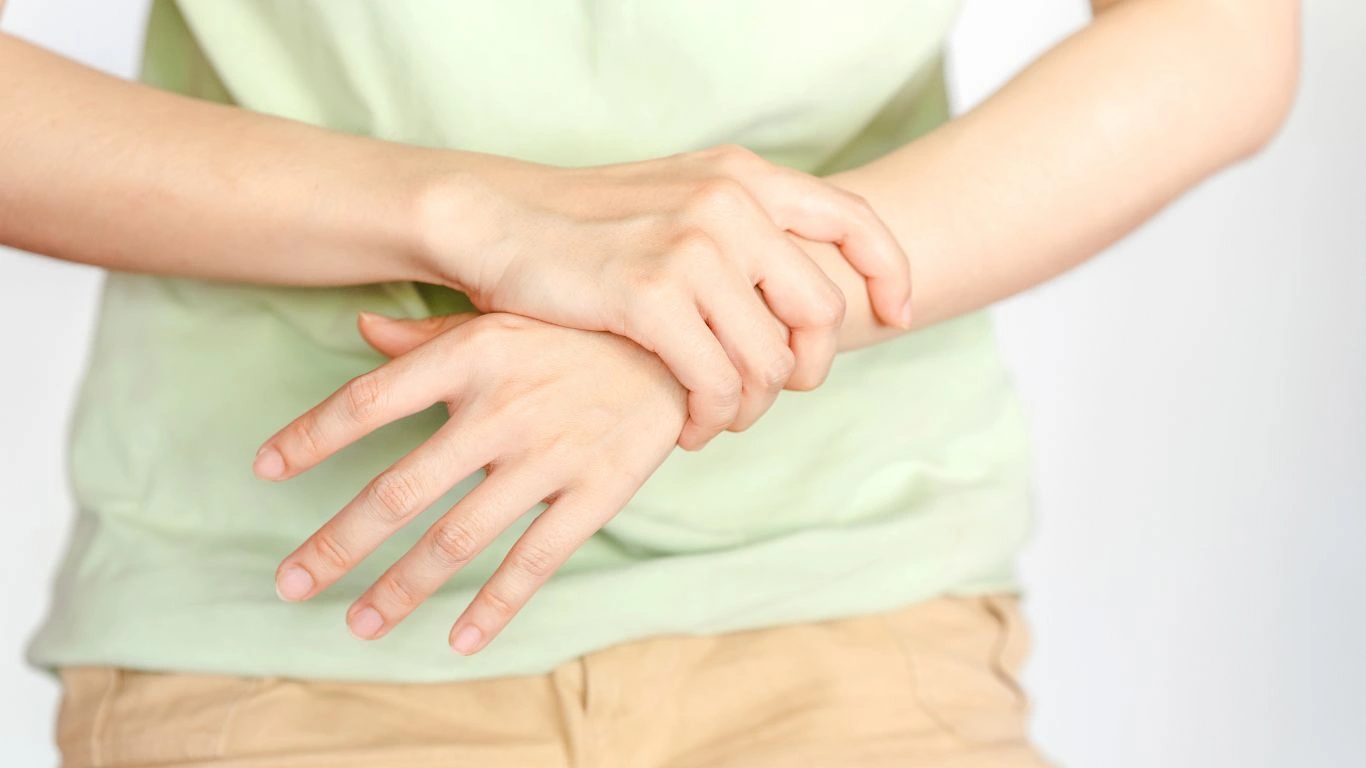
Mindful Movement and Joint Protection Techniques
Aside from exercise, one of the most important aspects of managing rheumatoid arthritis without medication is learning to protect your joints. This goes beyond just doing specific exercises – it’s about how you move through daily life. Small changes in how you sit, stand, and lift can make a huge difference in your overall pain levels and joint health.
Mindful Movement: Yoga and Tai Chi
Yoga and tai chi are two fantastic options for anyone looking to reduce stress, improve flexibility, and protect their joints. These practices encourage slow, mindful movements that focus on balance, breathing, and body awareness. In my experience, many of my RA patients find these forms of exercise to be a great complement to their other treatments. They help improve mobility and strengthen muscles around the joints, which reduces pressure on the joints themselves.
Yoga, in particular, offers a variety of poses that can be adapted to meet your individual needs. If you’re new to yoga, start with a beginner’s class, and be sure to let your instructor know about your RA so they can offer modifications. Tai chi, with its slow, flowing movements, is also an excellent choice for those with joint pain. Both practices are low-impact, making them ideal for people with RA who need to be gentle on their joints.
Joint Protection: How to Make Everyday Tasks Easier
Alongside mindful movement practices, there are several joint protection techniques that can help you reduce strain during daily activities. Simple strategies, such as using assistive devices (like reachers or grabbers) or adjusting the way you hold objects, can make a big difference in the long run. For example, if you’re dealing with hand pain, using a pen with a larger grip or opting for tools with padded handles can help ease pressure on your fingers and wrists.
Joint protection isn’t just about the physical movement; it’s also about taking regular breaks, avoiding overexertion, and knowing when to rest. All of these strategies, when combined, can significantly improve your comfort and help manage your RA symptoms without relying on medication.

Supportive Therapies: Mental and Emotional Well-being
Managing rheumatoid arthritis (RA) isn’t just about addressing the physical symptoms; it’s also about taking care of your mental and emotional health. Chronic pain, fatigue, and the unpredictability of flare-ups can take a toll on your mental well-being, so it’s crucial to incorporate strategies that support your emotional health. From personal experience, I’ve seen how stress can exacerbate RA symptoms, and conversely, how positive mental health can lead to better physical outcomes. So, let’s dive into some ways you can nurture your mental and emotional well-being while managing RA.
Mindset and Attitude: The Power of a Positive Outlook
The mind-body connection is incredibly powerful when it comes to managing chronic conditions like RA. Studies have shown that people with a positive outlook on life tend to experience less pain and better overall health outcomes. In my experience, patients who maintain a hopeful mindset and focus on the things they can control (like diet, exercise, and self-care) often fare better than those who feel helpless or overwhelmed by their condition.
One of the best ways to foster a positive mindset is to focus on gratitude. Even on tough days, taking a few moments to reflect on the things you’re thankful for can shift your perspective and help combat the negative emotions that often accompany chronic illness. Whether it’s keeping a gratitude journal or simply pausing throughout your day to acknowledge what’s going well, these practices can help promote a sense of calm and well-being.
Social Support: Leaning on Loved Ones
Having a strong support network is essential for managing rheumatoid arthritis without medication. When you’re living with a chronic condition, it’s easy to feel isolated or misunderstood, especially if others don’t fully grasp the challenges you’re facing. That’s where a good support system comes in. Whether it’s family, friends, or a support group, having people who understand what you’re going through can make a world of difference.
Support groups, in particular, can be a great resource. They provide a space where you can share experiences, swap tips, and offer each other encouragement. Personally, I’ve seen patients thrive when they connect with others who are walking the same path. If you can’t find an in-person group, online communities can also be incredibly helpful, offering a sense of connection and camaraderie.
Sleep: The Unsung Hero of RA Management
Good sleep is essential for managing rheumatoid arthritis, but unfortunately, sleep problems are common among RA patients. Whether it’s due to pain, discomfort, or medication side effects, many people with RA struggle to get a restful night’s sleep. However, improving sleep hygiene and making small adjustments to your routine can significantly impact how you feel the next day.
Why Sleep Matters for RA
Sleep plays a critical role in reducing inflammation, allowing the body to repair itself and regenerate. Poor sleep, on the other hand, can lead to increased levels of inflammatory markers, which may worsen RA symptoms. In my practice, I’ve seen a direct correlation between patients who prioritize sleep and those who experience fewer flare-ups and better overall health. So, let’s go over some tips to improve your sleep quality.
Tips for Better Sleep
- Establish a sleep routine – Going to bed and waking up at the same time each day helps regulate your body’s internal clock, making it easier to fall asleep and wake up feeling refreshed.
- Reduce screen time – The blue light emitted by phones, tablets, and computers can interfere with your sleep cycle. Try to avoid screens for at least 30 minutes before bed.
- Create a calming environment – Make sure your bedroom is cool, dark, and quiet. Consider using blackout curtains, earplugs, or a white noise machine to create an ideal sleep setting.
- Comfortable sleep positions – If joint pain keeps you up at night, experiment with different sleep positions or use extra pillows to support affected areas. A body pillow can help you maintain a more neutral position, which may reduce pain.
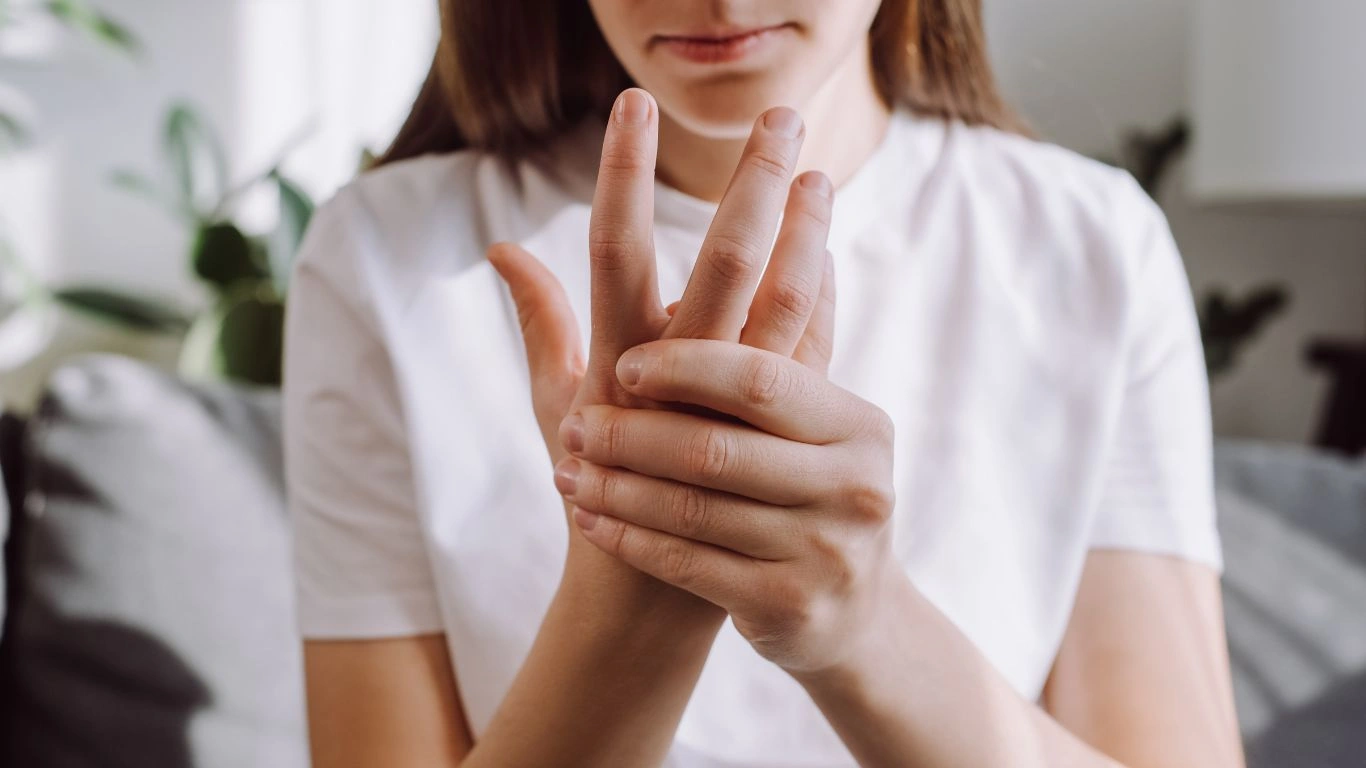
Integrating These Approaches: A Holistic Plan for RA Management
When it comes to rheumatoid arthritis, no single treatment is a one-size-fits-all solution. The key to managing RA without medication lies in integrating multiple strategies that work together to improve your overall health and well-being. By combining dietary changes, physical activity, mental health practices, and alternative therapies, you create a holistic treatment plan that addresses not just the physical symptoms, but the emotional and mental aspects of living with a chronic condition.
Creating Your Personal RA Management Plan
The most important thing I’ve learned as a Rheumatology Nurse Practitioner is that each patient is unique. What works for one person may not work for another, and that’s completely okay. Creating a personalized management plan that fits your lifestyle, preferences, and goals is crucial. You don’t need to try everything at once; instead, start by incorporating one or two strategies that resonate with you and see how they work. Over time, you can refine your approach and add more techniques as needed.
It’s also essential to check in with your healthcare provider regularly to ensure that your non-medical treatments are working alongside your prescribed medications (if you’re still taking them). Open communication is key to finding what works best for you, and your doctor can help guide you in making adjustments to your plan if necessary.
Staying Informed and Empowered
Finally, don’t forget the power of education. The more you know about rheumatoid arthritis and its treatment options, the better equipped you’ll be to make informed decisions about your care. Be proactive in researching new therapies, attending support groups, and asking your healthcare team questions. The more you understand your condition, the more empowered you’ll feel to take control of your health.
Remember, managing rheumatoid arthritis without medication is a journey, not a destination. With the right approach, mindset, and support, you can significantly improve your quality of life and reduce your dependence on pharmaceutical treatments. You don’t have to navigate this path alone – there are plenty of resources, strategies, and communities out there to help you along the way.
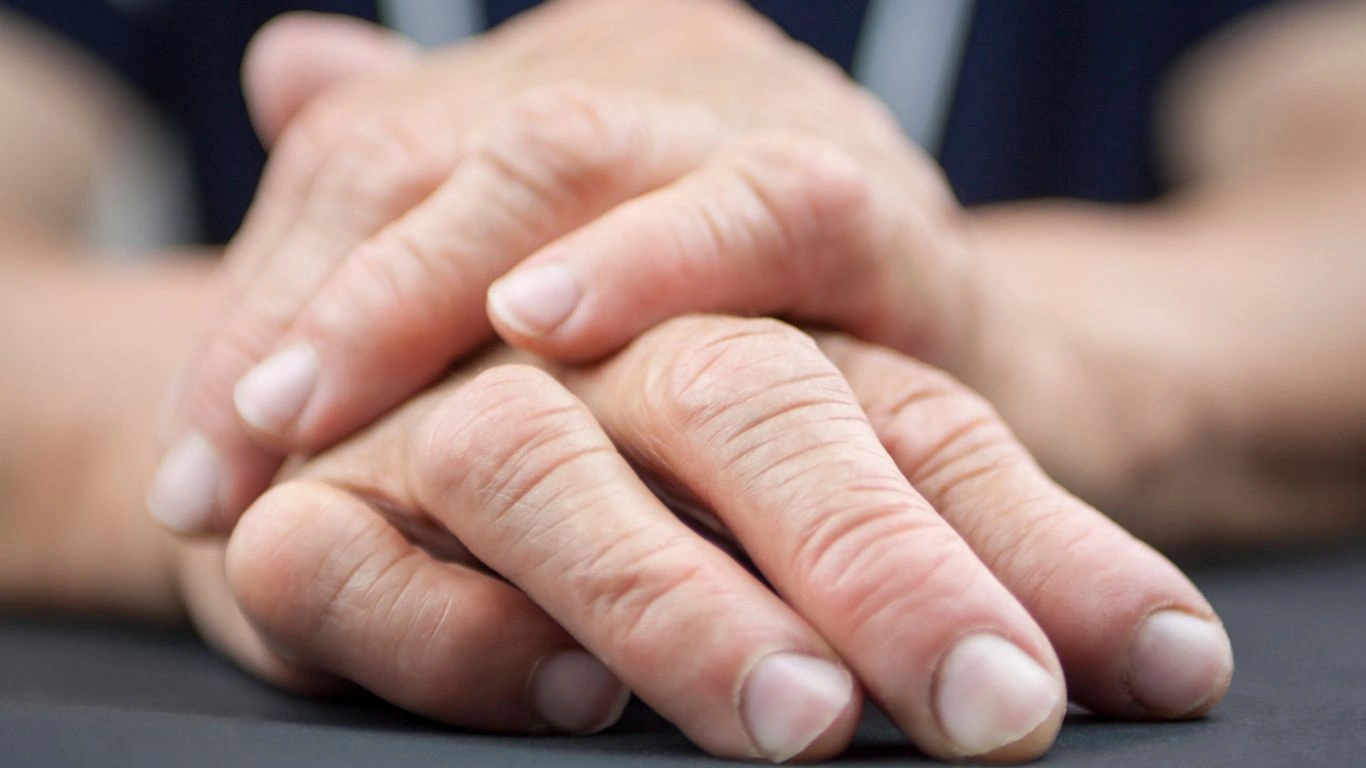
References
For more information on rheumatoid arthritis management, be sure to visit reputable sources like Google Health, the Centers for Disease Control and Prevention (CDC), and the American College of Rheumatology for updated research and expert recommendations.
Disclaimer
The information in this article is for informational purposes only and is not intended as medical advice. Always consult with your healthcare provider before making any changes to your treatment plan, including adopting new therapies or discontinuing current medications. Your individual health needs should be discussed with a qualified healthcare professional to ensure the best outcomes for your unique situation.

Tarra Nugroho is a dedicated Nurse Practitioner with a strong foundation in family and preventive care. She brings both compassion and clinical expertise to her practice, focusing on patient-centered care and health education. As a contributor to Healthusias.com, Tarra translates medical knowledge into clear, empowering articles on topics like women’s health, chronic disease management, and lifestyle medicine. Her mission is simple: help people feel seen, heard, and informed—both in the clinic and through the content she creates. When she’s not caring for patients, Tarra enjoys weekend hikes, plant-based cooking, and curling up with a good health podcast.
